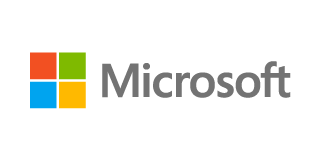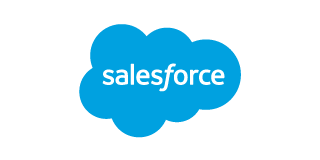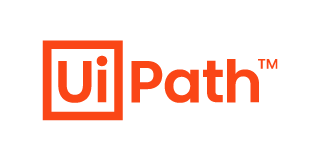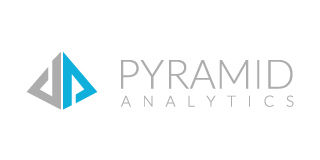Job Description:
We are seeking a Propulsion System Physical Architecture Engineer to lead the layout, integration, and packaging of propulsion system components and subsystems. The ideal candidate will be responsible for defining the physical and functional layout of propulsion hardware—including engines, electric motors, cooling systems, fuel systems, and structural interfaces—ensuring compatibility across disciplines, compliance with regulations, and optimal performance.
Key Responsibilities:
-
Define and develop the physical architecture of propulsion systems (ICE, hybrid, electric, or aerospace propulsion).
-
Collaborate with cross-functional teams (mechanical, thermal, structural, systems, controls) to define component layout, routing, and installation interfaces.
-
Generate and maintain 3D CAD models and installation drawings to support physical integration.
-
Ensure compliance with packaging constraints, mass properties, thermal management, structural integrity, and serviceability.
-
Perform trade studies and feasibility assessments to optimize physical integration for performance, weight, cost, and manufacturability.
-
Validate physical interfaces through tolerance analysis, mounting strategies, and vibration/dynamic behavior assessments.
-
Work with manufacturing and assembly teams to ensure design-for-manufacture (DFM) and design-for-assembly (DFA) principles.
-
Support prototyping, mock-up, and vehicle integration activities.
-
Review and interpret technical standards (e.g., ASME Y14.5, ISO, MIL-STD) and customer requirements.
-
Contribute to the system architecture definition documents and engineering Bill of Materials (eBOMs).
Professional Skills:
-
Bachelor’s or Master’s degree in Mechanical Engineering, Aerospace Engineering, Mechatronics, or a related field.
-
5+ years of experience in propulsion system design, physical integration, or architecture roles.
-
Proficient with CAD tools (e.g., CATIA V5/V6, Siemens NX, Creo).
-
Strong understanding of propulsion system components: engines, motors, inverters, fuel systems, exhaust, cooling loops, etc.
-
Knowledge of vehicle/airframe packaging constraints, routing practices, and integration techniques.
-
Experience with geometric dimensioning & tolerancing (GD&T) and engineering drawing practices.
-
Familiarity with structural mounting, brackets, supports, and vibration isolation techniques.







